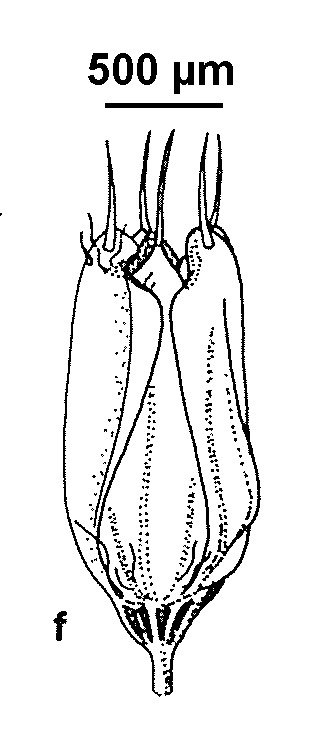Paronychia franciscana
Eastw. Chile NailwortPerennial with woody taproot; more or less pubescent. Stems prostrate, much-branching from base, 15–35 cm long, internodes often glabrous. Leaves sessile, elliptic-oblong to oblanceolate, 4–10 mm long, 1.5–2.5 mm wide, rather thick, acute, mucronate, ciliate to appressed-pubescent; stipules acuminate, often clasping internodes, up to 6 mm long, 2.3 mm wide. Inflorescence densely congested with age, more or less concealed by foliage; bracts acuminate, usually not concealing flowers. Flowers 1.7–1.8 mm long; pedicels very short or absent; calyx pale yellowish- or greenish-brown, sparsely pubescent above, occasionally glabrous, sepals oblong, weakly hooded, 1.2–1.4 mm long, with narrow membranous margins and short, slender, erect or suberect awn 0.4–0.6 mm long; petals absent. Achene subglobose, c. 1.3 mm long; seeds reddish-brown, more or less glossy, finely punctate, 1–1.2 mm diam. Flowers mainly Oct.–Jan.
Wim, VVP, VRiv, GipP, Gold, CVU, NIS, HSF. Native to Chile. A localised weed of disturbed and waste ground.
Adams, L.G. (1996). Caryophyllaceae. In: Walsh, N.G.; Entwisle, T.J., Flora of Victoria Vol. 3, Dicotyledons Winteraceae to Myrtaceae, pp. 228–271. Inkata Press, Melbourne.
 Spinning
Spinning

